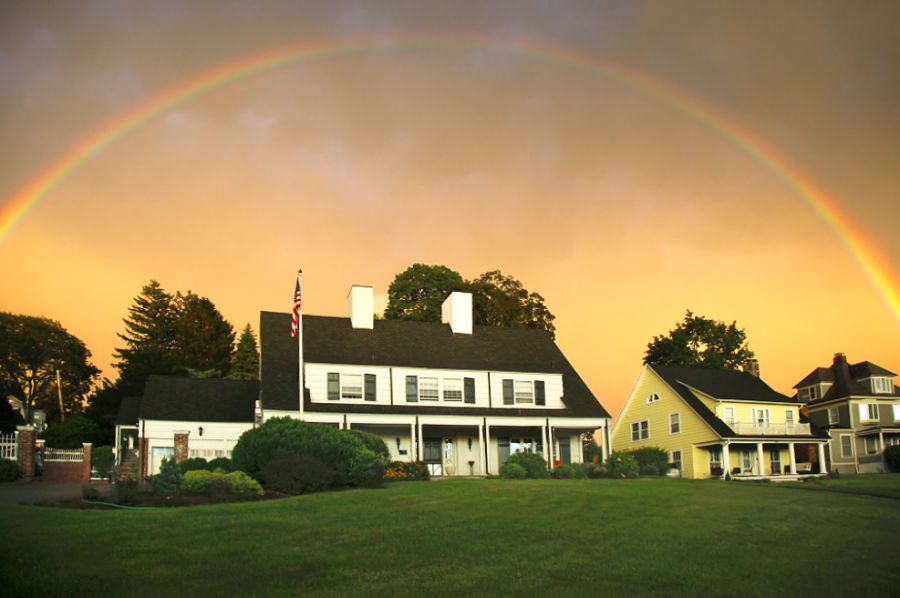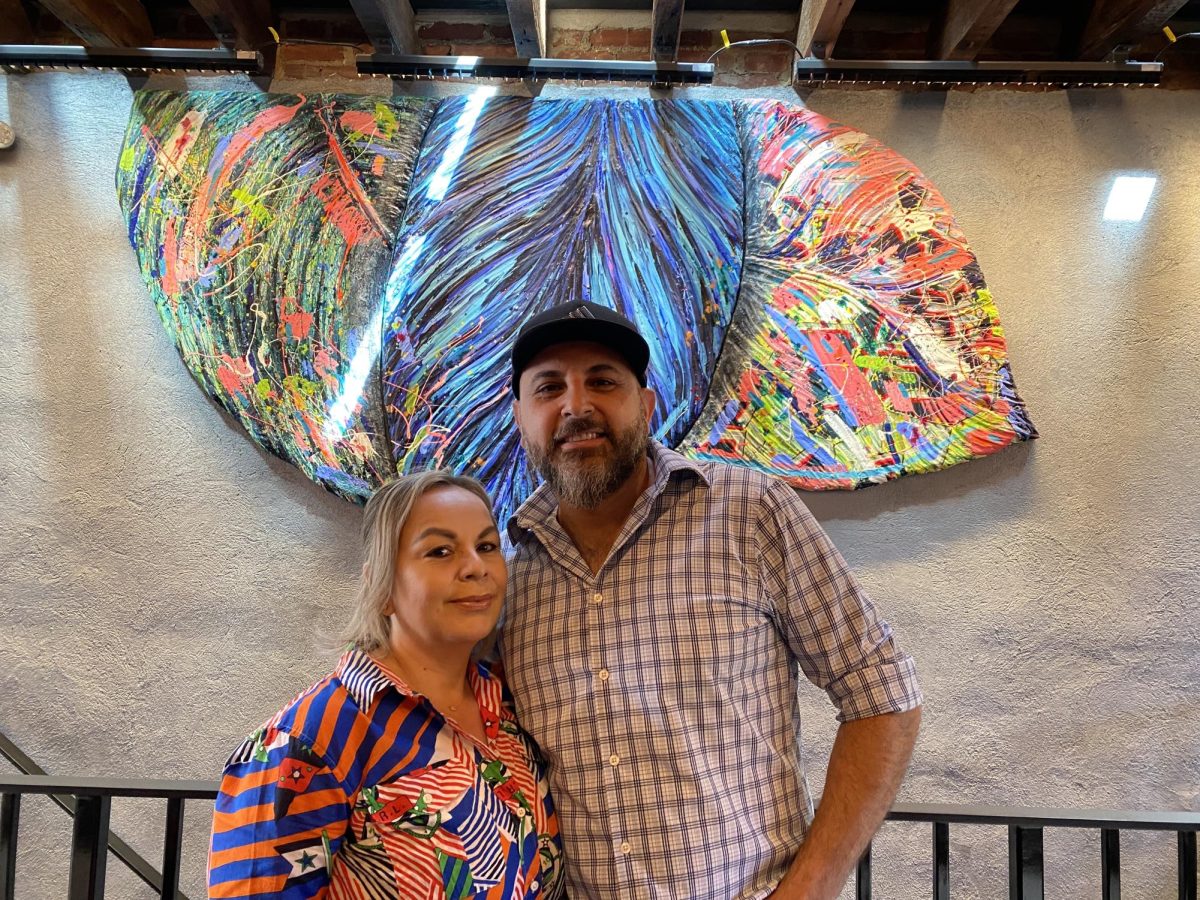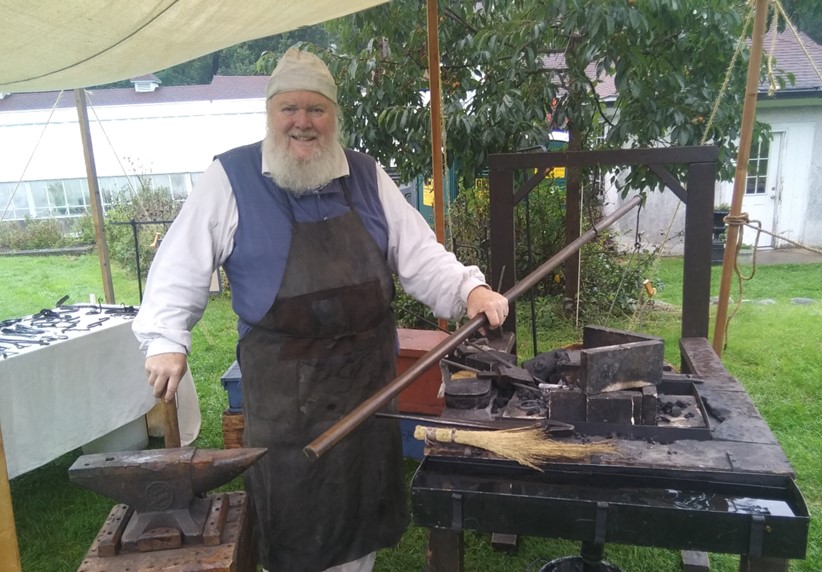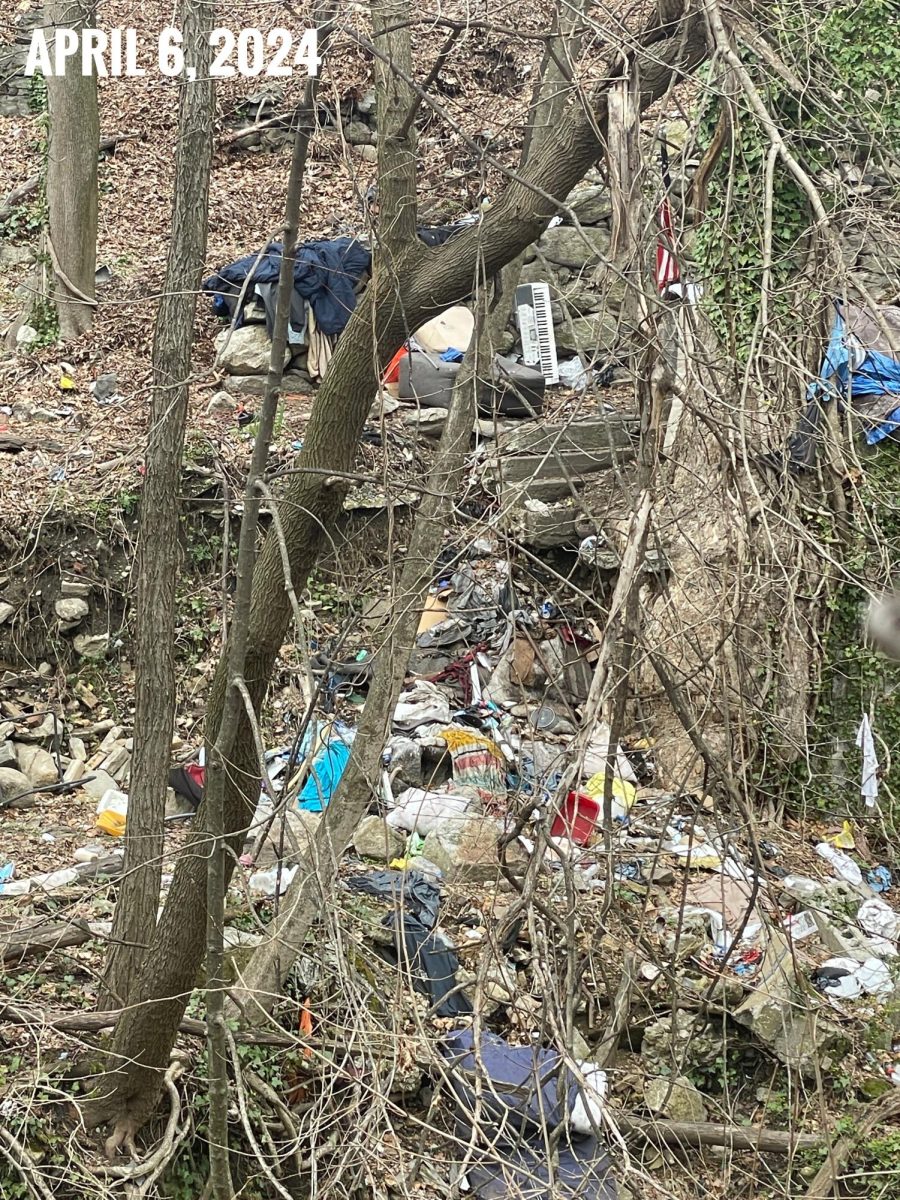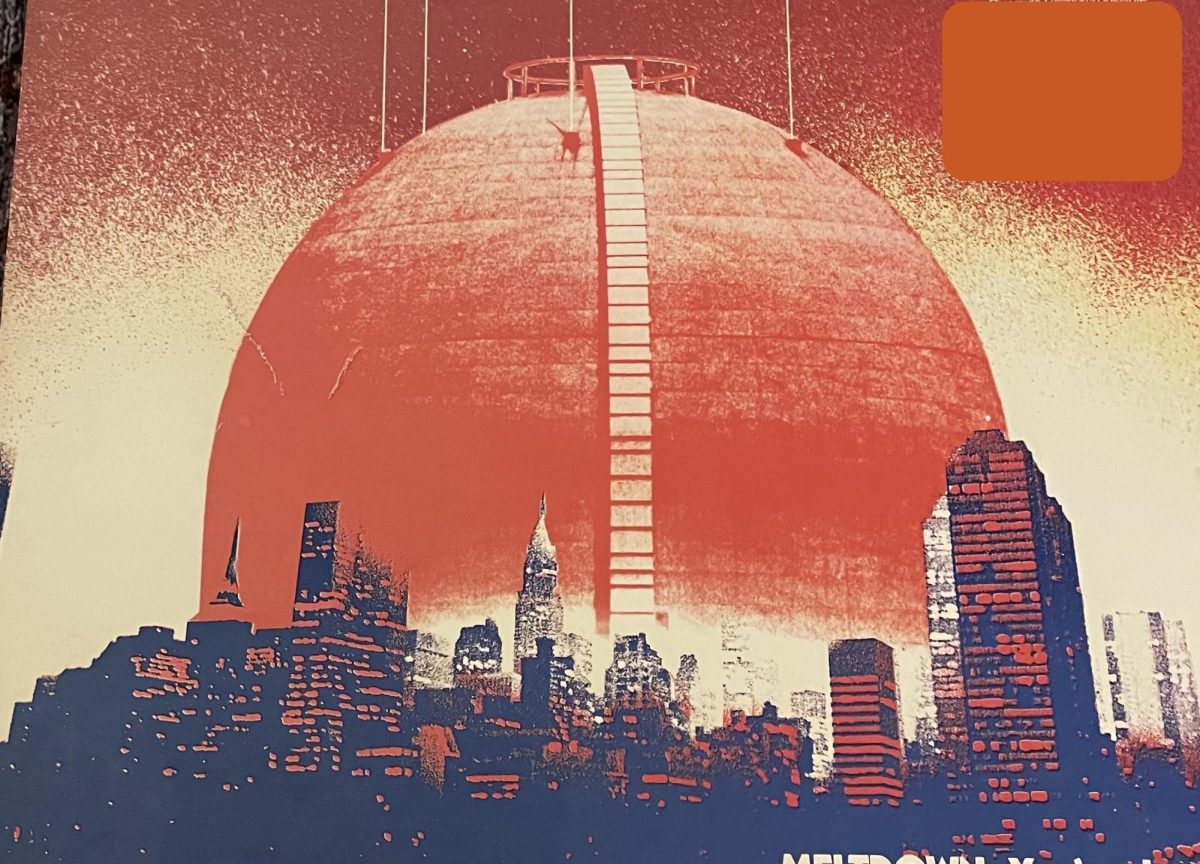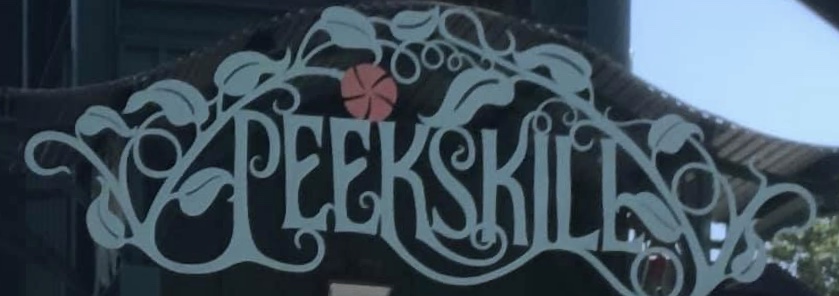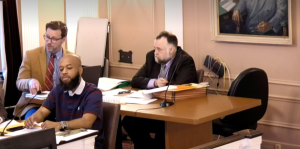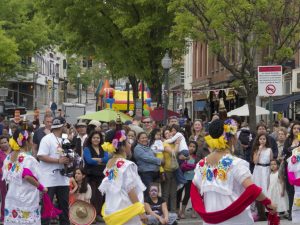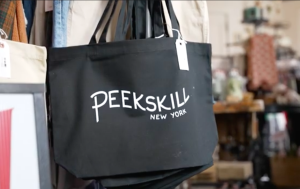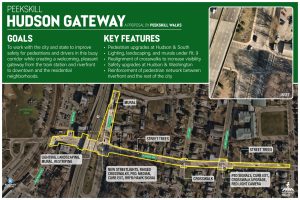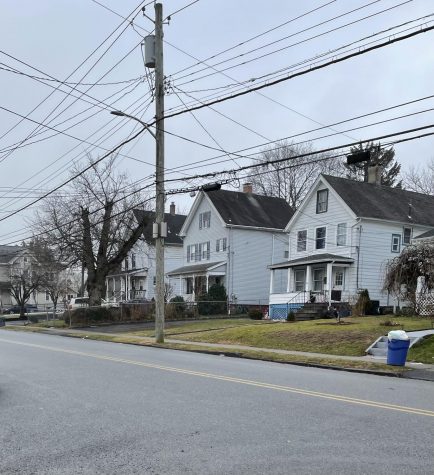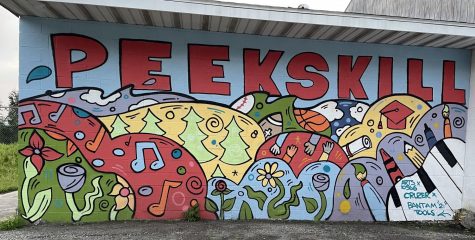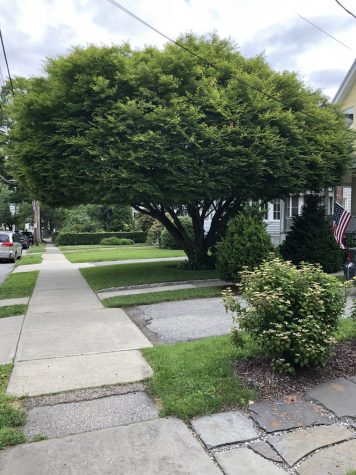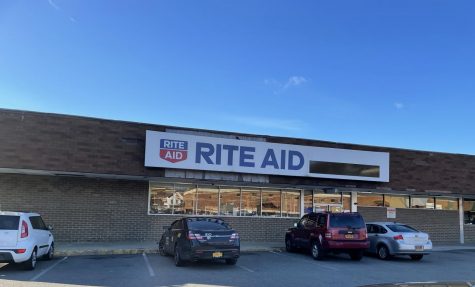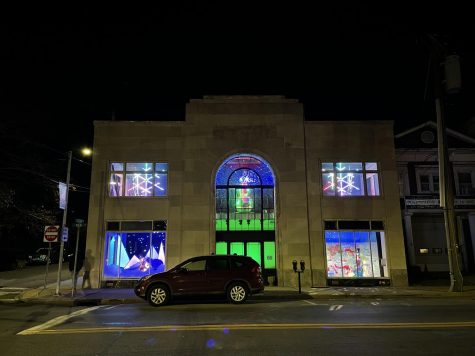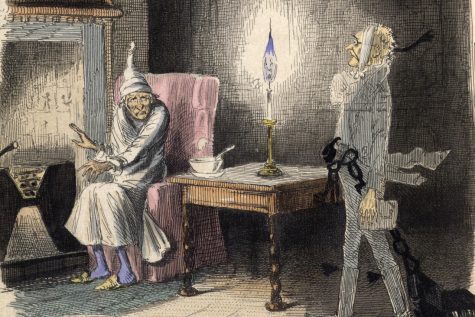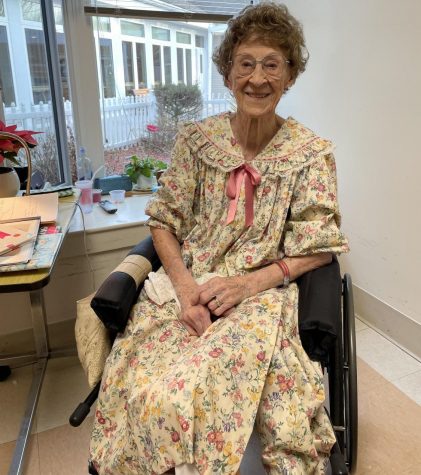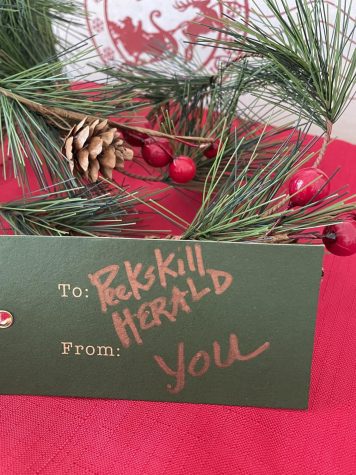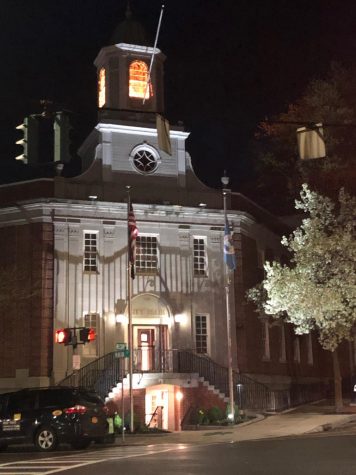Historic House on Riverview Avenue Nominated for National Register
Fleischmann House built in 1927
July 1, 2021
By Regina Clarkin
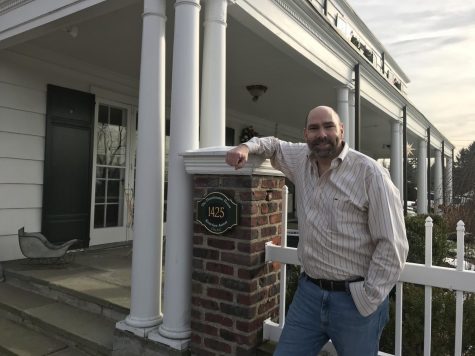
One of Peekskill’s grandest homes, that sits at the corner of Maple and Riverview Avenues facing the Hudson River, has been nominated to the National Register of Historic Places by Governor Andrew Cuomo. The Fleischmann House, where Michael Stewart and John Perrone live, is considered an excellent example of Colonial Revival architecture and is one of the 15 places nominated by the governor.
The five-bedroom, six-bathroom House was built in 1927 for Gustav and Marion Fleischmann. Gustav Fleischmann served as Executive Vice President and General Manager of the Fleischmann Company’s sprawling manufacturing and distilling plant in Peekskill from 1920 to 1953. Founded in the 1870s by his uncles, Charles and Maximillian, the Fleischmann Company produced much of the nation’s yeast, and marketed “America’s First Gin.” As noted in P. Christian Klieger’s book, The Fleischmann Yeast Family, the Fleischmann brothers built an “empire of microbes” as they introduced and commercialized a variety of fermentation processes. The book is available for $22 at the Peekskill Museum.
Gustav and Marion Fleischmann lived there for 26 years and when they wanted a smaller home on one level, they sold the house to Bill Posey of Posey Motors, who owned the Buick dealership in Peekskill. Posey owned it for about a year before selling it to Floyd Ewald. Subsequent owners included Dr. Ralph Billington, Dr. Ralph and Loretta Pelaia and William Geis who also owned a Buick car dealership.
The House was designed by Chester Patterson, a nationally prominent architect whose design style was tied to the Colonial Revival movement. He combined elements from multiple revival influences for the construction of the 1927 home. These include American Colonial, Dutch Colonial, French Colonial, and early Classical Revival styles. The house is noted for retaining a high degree of historic integrity in its design, setting, materials, and workmanship.
The register is part of a federal program authorized by Congress to identify and evaluate structures of architectural and historical significance. To be considered, a property in New York must first be placed on the State Register of Historic Places; only then can it be nominated to the National Register. Nominations must meet rigorous documentation requirements and are accompanied by extensive research that is reviewed by the New York State Board of Historic Preservation.
“The nominations reflect the State’s commitment to supporting the incredible range of history present across New York,” said Erik Kulleseid, Commissioner of the New York State Office of Parks, Recreation and Historic Preservation. “Securing recognition for such places will help keep this history alive.”
The Fleischmann Peekskill plant was once the largest yeast and distilling factory in the world. It consisted of 125 buildings connected by an internal railroad that was spread across 65 acres on the shores of the Hudson River, and employed thousands of area residents in a wide range of professions. As the owner of a local radio station once quipped, “At one point or other, everyone in Peekskill worked there.” This included the city’s future mayor and governor of New York, George Pataki, who spent the summers of his youth working the factory’s midnight shift.
The company’s workforce made “Fleischmann’s” brand a household name across the United States, not only through diverse product lines, but through advertising techniques that were innovative for the time. These included national campaigns that touted the health benefits of vitamin-rich yeast, and featured testimonials and photographs of actual customers. The company also sponsored a pioneering musical variety show broadcast on NBC radio from 1929 to 1939, known as “The Fleischmann Hour” (aka “The Rudy Vallée Hour”). It became one of the nation’s most popular radio shows and is remembered for introducing jazz trumpeter Louis Armstrong to a national audience.
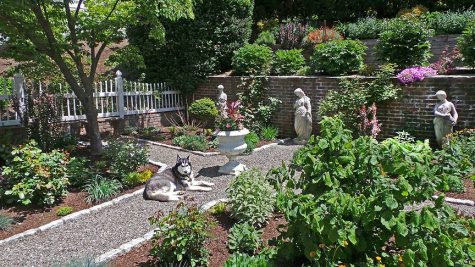
Gustav Fleischmann was not only an industry leader, he made a number of contributions to the community. He served on the board of Peekskill Hospital, which is now New York – Presbyterian Hudson Valley. Gustav’s wife Marion was also active in the community and won a number of awards from the Garden Club of Peekskill. She had substantial rose gardens in the rear of the house, but they had lain fallow by the time Stewart and Perrone moved in eight years ago. Stewart had been growing roses for 20 years prior to living there. He spent the first winter in the house designing five new gardens for the rear of the property. Today, these include three enclosed court yards with vintage statuary, meandering paths through perennial beds, and a restored fountain that was designed in 1934 by the engineering department at the Fleischmann plant.

Most of the Fleischmann plant’s buildings were razed in 1977, when the company moved its operations to Baltimore. The house is one of the last visible reminders of the important role that the Fleischmann family and its company played in Peekskill’s history. That history is still remembered by local residents, who attended a weekend celebration of the company’s 150th anniversary in 2019, that was sponsored by the Peekskill Museum. The weekend’s festivities included a museum exhibit, lectures on the history of the Fleischmann Company, slide presentations, and the display of archival photographs. It also included a dinner reunion of former employees on the riverfront, in one of two buildings that are still standing where the original plant was located. Although most of the plant’s buildings are long gone, Fleischmann’s history is etched in Peekskill’s collective memory, and is now recorded in the National Register of Historic Places.



